You know a big part of my philosophy is that you need to rotate your running shoes, which means having shoes for different kinds of runs. Today we’re reviewing the best marathon running shoes. From the long run with tons of cushion to the carbon plate, there are options for every runner.
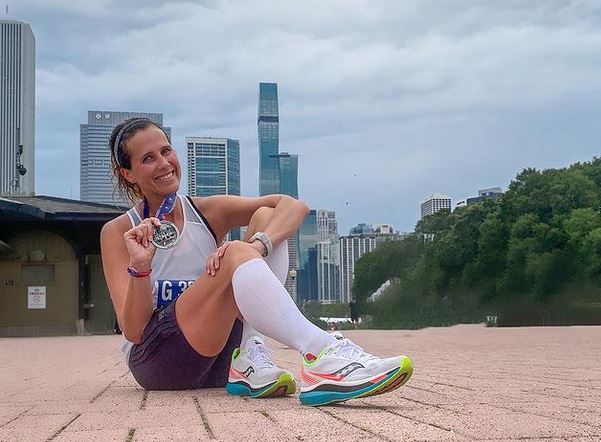
What’s going to have enough cushion, enough structure and enough life to get you through training.
More than that, there’s something that gives you a mental boost when you find the right shoe. It just feels good to put it on, it carries you through the miles and come race day you’re confident in that running shoe.
Lucky for you I’ve run in all of these models, but more importantly have over 3000 of you participating in weekly Instagram Polls giving me additional feedback on what you love and has helped fellow runners complete 26.2 with happy feet.
9 Best Marathon Running Shoes
I’ll be sharing one from each of the major running shoe brands. Each brand has a slightly different fit and feel, so if you’ve tried a shoe from them previously now you’ll know which model will go the distance.
Luckily I’ve been able to run in them all to help give you more details. I picked them having tested out a variety of shoes from each brand, along with having coached thousands of runners and talking through their shoes.
Click on any marathon shoe name below to see complete details.
Best Marathon Shoes Overall for Neutral Cushion – New Balance 1080
Fresh Foam is every bit as lovely as it sounds. These shoes feel fabulous when you slip them on and yet maintain good responsiveness. Unlike the super plush Bondi that you can sink in to, you’ll remain quick off the ground in these shoes. This is not a max cushion shoe, but it’s definitely cushioned and without the big stack height.
These shoes do not have a padded collar which some may dislike, but I didn’t notice any issues with that. I did the normal heel lock lacing as with all my shoes and they felt great. Probably one of my most recommended shoes.
I’d say these shoes run not wide or narrow, but directly in the middle. However, New Balance is known for offering wide sizes in most models!
- Current model is the 12
- Neutral running shoe
- 8mm heel drop
- Cushioned and responsive
- 8.3 oz women’s
- Read my full NB 1080 Review >>
Best Marathon Shoes Overall for Stability- ASICS GEL Kayano
You’re in luck because I recently tested out this shoe and did a full review! It’s been a long running favorite for many, which is why they’re up to the 29th model.
It’s a more structured and cushioned shoe that for many strikes the balance of cushion, is fairly light, and has enough structure to keep their foot strike in line. So far they haven’t made major changes to the previous version, so if you liked it this will be a winner.
The shoe has been designed to be a stability shoe for overpronators, but it’s highly popular for high-mileage neutral runners as well.
The 3D Space Construction under the forefoot and heel accounts for the variances in men’s and women’s strides, resulting in a more tailored fit and feel for each gender.
- Current model is the 29
- Stability running shoe
- 12mm heel drop is much higher than most need
- Long time favorite to many runners
- Cushioned, but not overly soft
- 10.8 oz
#3 Stability Shoe Runner Up: Brooks Ghost
I’m starting to get embarrassed by how many of these shoes I have currently or have run in, but the Ghost is also on the list! In fact, this is my exact shoe in the photo!
The Brooks Ghost’s impressive cushioning, lightweight feel, and support make it a great choice for marathon runners thanks to the DNA loft cushioning it uses.
These feel like a shoe with a lot more structure and while cushioned, they don’t have the plush feel of some shoes.
This is useful to many runners who end up with lower back pain while running in a too cushioned shoe.
Neutral runners like this shoe as it gives a good energy return while being able to handle the pounding of longer runs. It’s a great and responsive pair of shoes that propels the foot through each stride.
The lightweight, breathable engineered mesh upper provides a secure fit that will prevent blisters on your feet.
- Current model is Ghost 15
- Listed as neutral running shoe now, but still known for stability
- 12 mm heel drop
- 9 oz
- See Full Brooks Ghost Review
Do you need to buy the most current model of running shoe? What if an older model is cheaper??
Assuming the shoes have been stored correctly (i.e. not a boiling hot warehouse) then I’m a fan of saving $50 whenever possible, knowing that I’ll need to keep buying more shoes.
Just checkout the reviews to see if anything major changed between models. As we all know we may love one version and not so much the next in the very same shoe.
Best Marathon Shoes For Beginners – Saucony Triumph 21
I hate to disappoint, but you really don’t need carbon fiber on day one. Unless maybe you have a very specific time goal and have been doing some big half marathon racing to practice with them.
Instead, what you really need is a shoe with solid cushion and just enough support to help as your muscles fatigue.
I’ve used the last few models of the Triumph for MANY training miles and definitely recommend.
The Saucony Triumph is known for its plush cushioning, which you can absolutely feel more than in the Saucony Ride. This provides a soft and comfortable ride for runners who prioritize cushioning and impact absorption. That being said, I still found the shoe to feel really stable on runs up to 16 miles (I wasn’t marathon training so didn’t go farther).
In general, I really prefer shoes with a lower heel drop, but the Triumph is 10mm and this is often a comfortable spot for newer runners who have probably been running in this drop. The Triumph is also very durable for all the miles you’ll be logging!
- 10 mm drop
- 8.8 oz women’s, 9.8 oz men’s
- Available in wide
- $150
If you really prefer a lower drop, then I have forever and ever loved the Saucony Kinvara.
Best Marathon Shoes for Cushion + Style – Nike Pegasus 40
A lot has been said about the Vaporfly 3%, but they aren’t the shoe I’d recommend for most runners. While carbon fiber is exciting, the price point is higher and all that cushion decreases stability significantly which could lead to injury.
The Pegasus uses the Nike React foam midsoles that are not only lightweight but also springy and durable. Rather than feeling bouncy, this is just a nice amount of cushion that allows you to still get a quick rebound off the ground. The breathable mesh upper provides a great neutral fit that will be good for many runners.
The Pegasus also features a wider toe box for more room while its curved collars help reduce irritation to the Achilles tendons. I definitely understand why this shoe has made it to model 40 and is so extremely popular.
The Pegasus is a long time shoe for Nike, which to me is always a signal of a great model.
- Current model is 40
- Neutral shoe
- Improved cushioning
- 10mm heel drop
- 10 oz
- See complete Nike Pegasus 40 Review
Best Marathon Shoes for Overall Cushioning + Speed – HOKA Mach X
Previously I recommended the BondiX because it was literally designed as an ideal choice for those who will need 5+ hours to run a marathon. But they’ve stopped making that model in favor of their new high dollar carbon fiber shoe the Rocket X2, which unfortunately I just don’t love due to heel blister issues.
HOWEVER, I am a massive fan of the Mach and with the Mach X, you’re getting a little boost from the Pebax plate, without quite the cost of a carbon fiber plate.
I like that it’s not too soft, which can lead us to have lower back pain during long runs as we fatigue and since in to the shoe.
The wider toe box feels really wonderful as your feet swell on the run and the very slight meta rocker helps roll your foot forward. This is especially noticeable on any downhill and I loved it!
“We asked ourselves why every carbon-plated shoe on the market had to be created with an eye on only the elite runner. Everyone deserves to fly and everyone can level up.”
- Cushioned shoe with nylon fiber plate
- Wider platform provides stability without over correcting stride
- 5mm heel drop
- 8 oz women’s, 9.4 oz men’s
- $180
- See all the best HOKA running shoes from my testing
Best Carbon Fiber Marathon Running Shoes – Nike Alphafly
Listen it’s a toss up to say the Vaporfly vs Alphafly, but truly for longer distances the Alphafly has a lot more stability. And we are seeing some Achilles issues pop up with these super duper cushioned carbon fiber shoes, so I’d rather take that extra stability.
Additionally, the new Vaporfly 3 has a very thin outsole and may come rubbing off over 26.2.
The Nike Alphafly features a number of updates and improvements over the Nike Vaporfly, including a thicker midsole and an additional carbon fiber plate. The shoe also features Nike’s latest foam technology, Nike ZoomX, which is designed to provide even greater cushioning and energy return than the ZoomX foam used in the Nike Vaporfly.
The Nike Alphafly Next% 2 has been making headlines ever since it helped Eliud Kipchoge set the World Marathon Record in Berlin in 2022. But of course it started with the Eliud Kipchoge unofficial 1:59:40 in 2019, which was run in the Nike Air Zoom Alphafly NEXT%.
Now we are on to the Alphafly 3 also setting world marathon records!
- Neutral Carbon Fiber Shoe
- Weight: 8.4 oz men’s, 7.1 oz women’s
- Heel drop: 8mm
- 2 colors
- Not available in wide
- Complete Nike Alphafly 3 review >>
Runner Up For Speed – Saucony Endorphin Pro 4
Those looking for speed are often drawn to the carbon fiber shoes for that extra boost. I certainly was for the Chicago marathon! It’s important however that you not run in them too much to breakdown the shoe, so just enough to break them in!
For those really looking to hit faster times (anything Sub 4) the Saucony Endorphin Pro can be a good option.
This has been a highly loved shoe from version 1, to the newer higher stack height version 4. It was visible all over the Boston marathon course in the neon green color. AND I AM LOVING the 4 so much! I would definitely run a marathon in it.
I’ve always liked the moderate cushion of Saucony shoes, so this felt fantastic to me. It’s in line with something like a Kinvara, but so phenomenally light. And the higher outsole seems to provide a little extra stability.
- Current model 3
- Max Cushion with Carbon Fiber Plate
- Narrow fit
- Lightweight and very breathable
- 8mm heel drop
- 6.5 oz women’s, 7.2 oz men’s
- See my full Endorphin Pro 4 review
See all of my best carbon plate running shoe recommendations >>
Best Lower Stack Height Carbon Plate – On Cloudboom Echo 3
After seeing Helen Obiri win Boston, a lot of runners stood up to take notice of what On was doing with carbon fiber. It’s a very different type of shoe than Nike and for a lot of runners, that’s a good thing.
Slipping on the On Cloudboom Echo 3, I could tell right away a lot of things had changed from the first model in 2020. Changed for the better!
- Increased cushion for distance running
- No pods along the bottom to collect rocks
- Better overall fit and foot room
This is a lower stack height and slightly higher heel drop than many of the other super shoes on the market. Compared to the Nike Vaporfly 2 or 3, it’s a 100% different fit and feeling. Where Nike feels like bouncing, this shoe mostly feels super light. And where you might hate the super high stack on the Nike, this shoe is going to feel more natural.
- 10 mm heel drop
- 7.6 oz men’s and women’s
- Carbon fiber neutral shoe
- Available in 1 color
- Not available in wide
- Available at On Running for $289
- Ready my detailed On Cloudboom Echo 3 review
How Long Before the Marathon To Buy New Shoes?
If you’ve found a pair of shoes that you love during training, then get a new pair about a month before the race.
This gives you a chance to wear them on a few shorter runs and one long run.
Remember the NOTHING NEW on race day mantra. You want to take your race day shoes out for a few runs just to make sure there are absolutely no issues with blisters or the shoe fitting slightly different.
However, if you’re not feeling good about the model you’ve been using then two months before the race I’d be on the hunt for something that feels good. This gives you a chance to take it on multiple long runs and the shoe will still have plenty of life left in it for race day.
How Many Running Shoes Should You have?
I cover in depth why you need to rotate running shoes, but for the sake of time say a minimum of two pairs of shoes for marathon training.
And yes, that’s two different styles for during training and then a new pair coming up on race day.
If you’ve only done a 12 week training plan, then maybe you won’t need a new pair for race day. But most of us start training in an older pair and pile on the miles.
Those fresh shoes will have better structure and cushion, which we absolutely want when running 26.2 miles.
Why It’s Important to Find the Right Marathon Running Shoes
The right running shoe matters so much because over the miles it’s really easy to have issues like ankle pain while running or knee pain while running.
Not simply from weak hips and glutes, but from shoes that aren’t right for you! In fact, wearing the wrong type of running shoes is the top cause of foot pain when running.
At the base level, you’ll want to find a shoe that:
- has enough room in the toe box for your feet to spread and potentially swell over the miles
- allows you to change the lacing to provide more room or lock in your heel
- keeps your arch from dropping in which places pressure on knees and ankles
There are, still, other things to consider when picking the right marathon shoe for yourself. Let’s look at what these are in more detail.
What To Look For In Marathon Running Shoes?
When considering a pair of running shoes to cover all the training miles to over 26.2 there are a few key areas that you want to examine. The goal is to find a shoe that can take you through most of training, so then you can grab a new pair and flow easily in to race day.
Comfort
Your marathon running shoes should be, first and foremost, comfortable. Running for 26.2 miles is no joke, and it’s important to prioritize comfort. This is where a lot of personal preferences may come into play.
An uncomfortable shoe is often a sign that it’s forcing your body to move in ways it doesn’t like or that are going to create issues like blisters.
Cushioning
How cushioned your marathon shoes play a big part in not only how comfortable they’ll be, but also how good your form is while running.
Remember that more is not always better. A super plush shoe like the Hoka Bondi could lead you to sink in a little bit as the run goes on and lead to lower back pain while running. Surprising, but not uncommon. Which is why I love that shoe for my recovery days.
The flipside is going with minimal cushion can be really hard on the feet and joints with endurance events.
In general, I recommend moderate cushioning for everyone. Heavier runners or those with a larger frame (hello my very tall male friends) may want a more cushioned shoe.
**And remember that you want to have a couple different shoes of different types in your rotation for training! The HOKA Mach didn’t make my list below, but it’s a fabulous speed work trainer and the Altra Provision is a good daily for those looking for zero drop.
Some Flexibility
Speaking of support, it’s an incredibly important aspect when picking the right distance running shoes.
As we run over long distances, our muscles eventually become fatigued, and this causes our form to deteriorate. When you’re tired, wearing supportive shoes can help you run longer and with better form and that’s exactly what we need during a marathon.
What I am NOT implying is that you should buy a stability shoe. I don’t want to force your foot in to any particular direction.
Instead, we like shoes with a slightly wider base that provide natural elements of stability.
Durable Outer Sole
When it comes to durability, it’s important to look for a solid rubber outsole rather than one made of blown rubber. This will ensure your shoes survive for more than a few long-distance runs.
Even though a rougher outsole could add weight, it’s worthwhile to take that into account, especially if running in the summer on extremely hot concrete or asphalt.
Breathability
I recommend running shoes with good breathability. Because we naturally have sweaty feet while running and our feet swell, we want to dissipate as much heat as possible. This will again prevent blisters or hotspots from forming.
That extra breathability will make all the difference in terms of comfort come race day when you’re running for 26.2 miles!
When looking for shoes with a lot of breathability, look for styles that have mesh uppers. This will also serve the function of reducing skin friction which can result in blisters.
Type of Feet
Another really important thing to consider is the shape of your foot and specifically the height of your arch.
This is because your arch affects your gait, or how your foot strikes the ground when you run.
Different types of gaits determine which areas of the foot require the most support and this will affect how much arch support to look for in your shoes.
When running, people with flat feet or low arches frequently notice that their feet roll inward which is called overpronation.
Such runners should consider stability shoes which provide additional support through the midsole and into the heel preventing injuries.
However, neutral shoes are best for those with high arches since they need a lot of cushioning, particularly in the midfoot.
Ample Space in the Toe box
You’ll want to look for a shoe with ample space in the toe box.
In general, the longest toe should have a thumb’s distance from the shoe box. This prevents the toe from repeatedly striking the toe box, which can cause problems like runner’s toes.
We also want to ensure there is plenty of room for our toes to move as our foot swells during the race. If you’re getting numb feet while running, then your shoe is too small.
However, a shoe that is too wide may also cause your foot to move about inside it and your toes to rub against the toe box, which could result in blisters or other issues.
Fits the Terrain
The type of terrain you’ll be running in during the marathon will also affect which marathon shoes are best for you.
For example, the shoes you’ll need for trail marathons will be very different from the ones you’ll need for road marathons.
Road runners will need plenty of cushioning while trail runners will need outsoles with a good grip.
Other Things to Consider
While one pair could get you through all of training, it might be run down enough that you don’t want to wear it for race day.
If you’ve found a pair that you love during training, then grab a new pair about a month before the race.
And of course, it’s important to know when to replace your running shoes!
Other questions to ask yourself when considering which marathon shoes to buy are:
- Do you have pronation issues that you can’t correct with strengthening exercises?
- Do you want a pair specifically for race day that is lighter? (consider them your race shoes)
- Do you need a wide shoe? (feet swell the farther we run and in heat, so know your foot)
A major factor is understanding how running shoes should fit.
Go through those key pieces before selecting any shoe from the list of ideas that follow.
How Do You Tell When Your Running Shoes Are Worn Out?
If you train over longer distances, your shoes will likely wear out sooner.
If your running shoes are worn out, the upper may be worn or torn, the outsole may be smoothing out, the midsole foam may appear compressed, and you may be getting foot or knee pain when you run if you weren’t before.
These are the classic signs that your shoes are worn out, so head on over to get a new pair to be ready before the race!
If this is your first marathon, don’t forget to check out these beginner marathon training tips and my new Couch to Marathon Training Plan.
Looking for more reviews to find the best things for your run?
Checkout our full page of my must have running gear reviews and guides to save you time searching and money! I share what’s worked for me and fellow runners, along with what wasn’t worth the price tag.
A few common requests:
- Brooks vs ASICS – which brand is better for you
- How to tell if running shoes fit properly
- Best running socks (lightweight to compression)
- Zero Drop Running Shoes
- Hoka vs On Cloud
- Checkout some ideas on the best gifts for runners (treat yourself during marathon training)
Other ways to connect with Amanda
Instagram Daily Fun: RunToTheFinish
Facebook Community Chatter: RunToTheFinish
Get more running tips: Pinterest
Get every new post delivered to your inbox
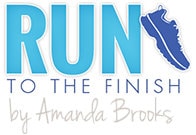

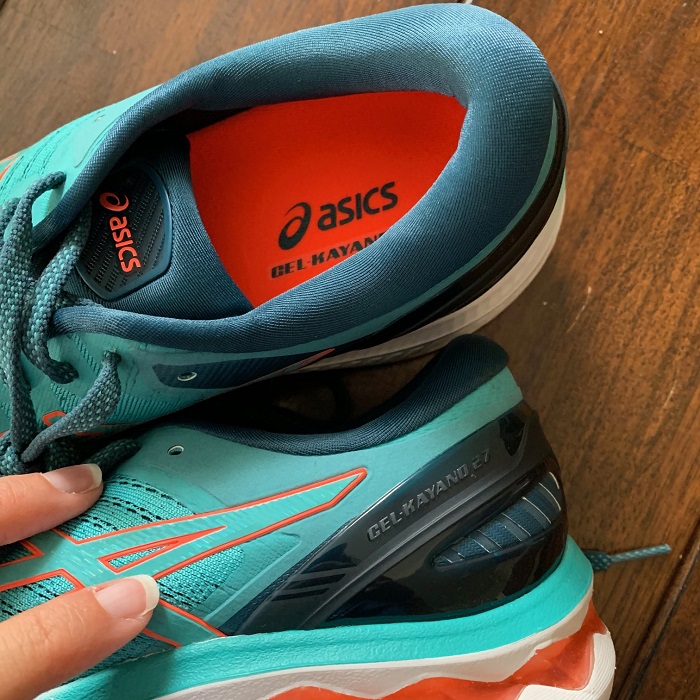
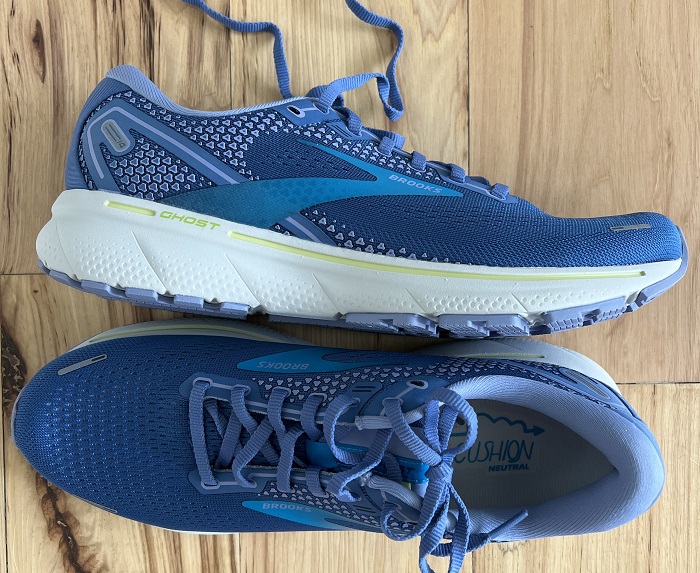
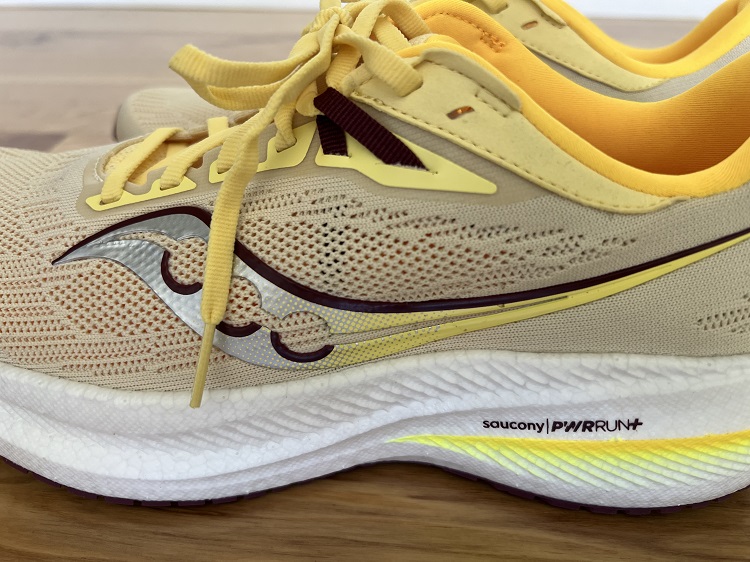
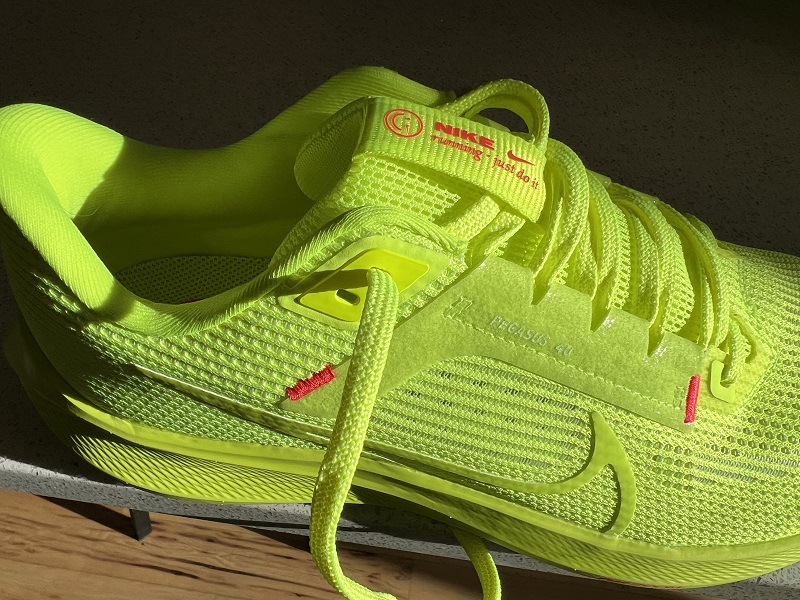

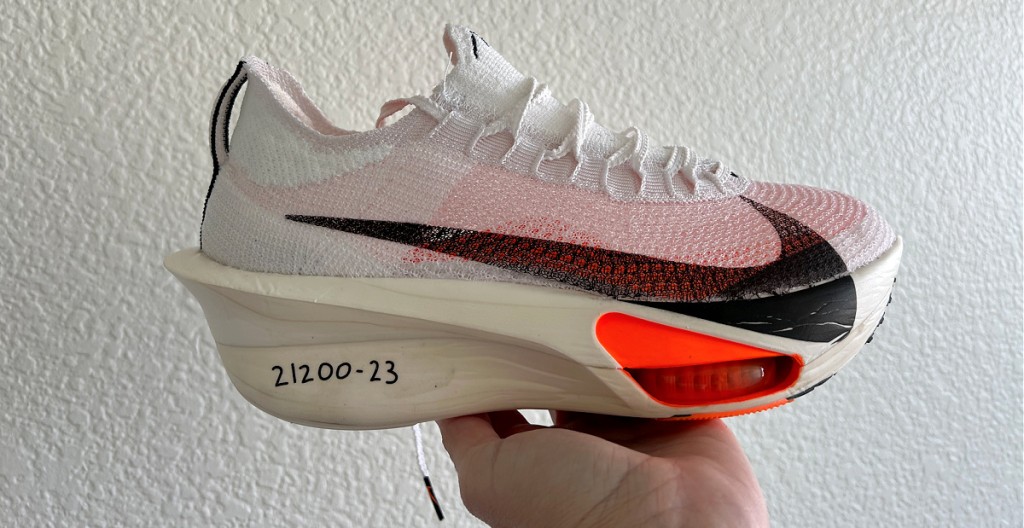
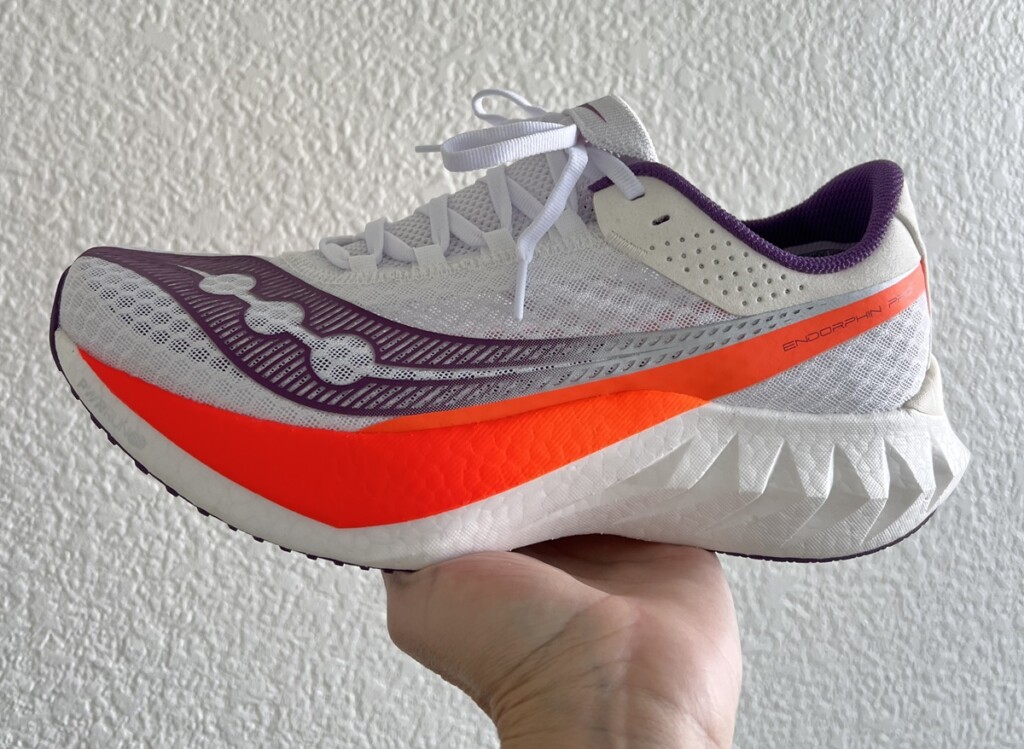

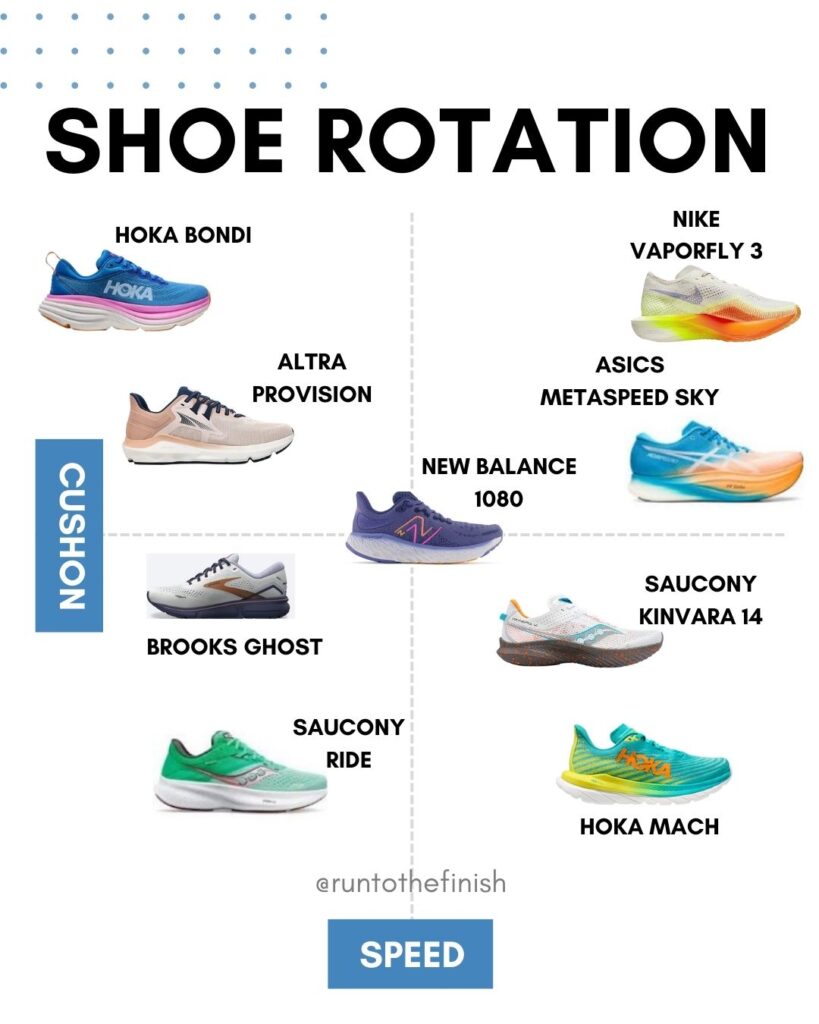
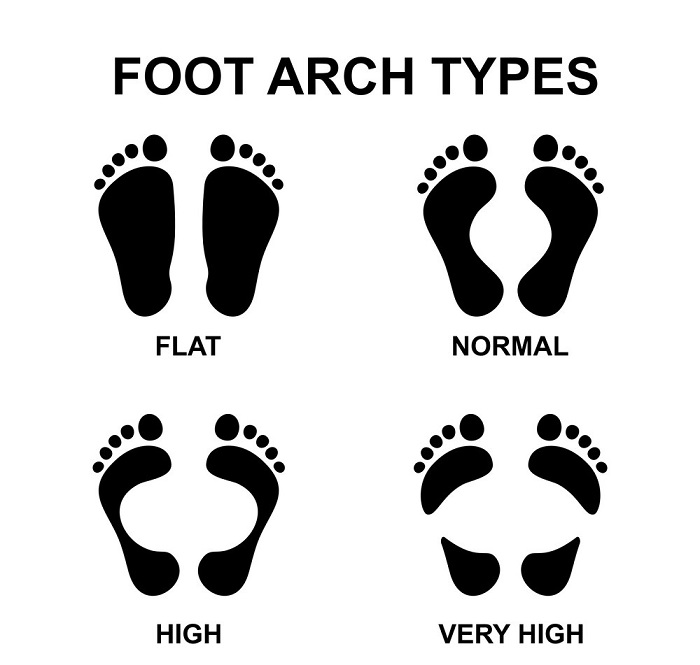

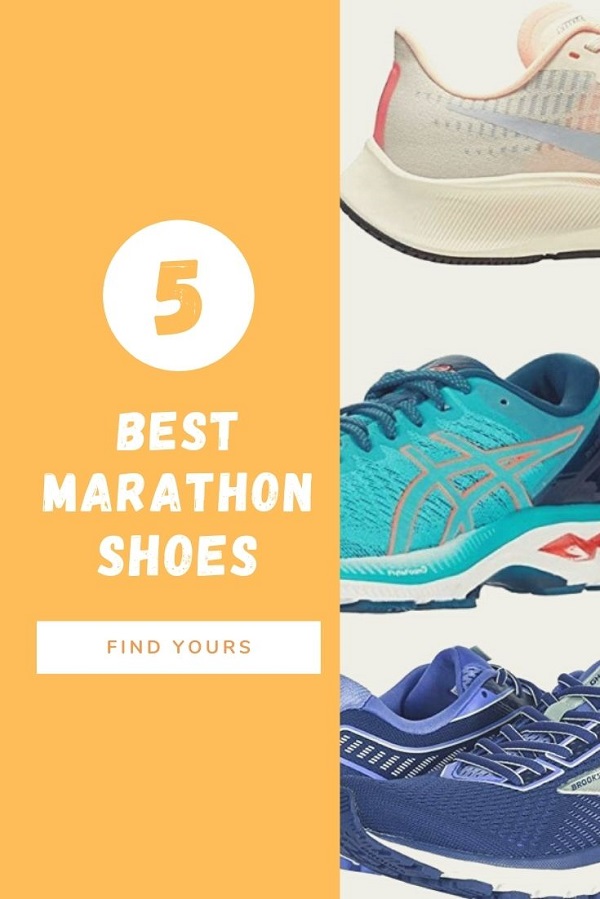
 13 Most Interesting Things to Do In Cañon City
13 Most Interesting Things to Do In Cañon City

Laura Byrne
Great roundup Amanda. I’m a back-of -the-packer who has done a few half marathons. I’m trying to transition from a one pair of shoes per training cycle gal to a rotation! I’ve just bought the ASICS Novablast 4 as they came top in Runner’s World trials. Have you reviewed them?
Amanda Brooks
yup search novablast and you’ll find it! I really like them and they are in my rotation!